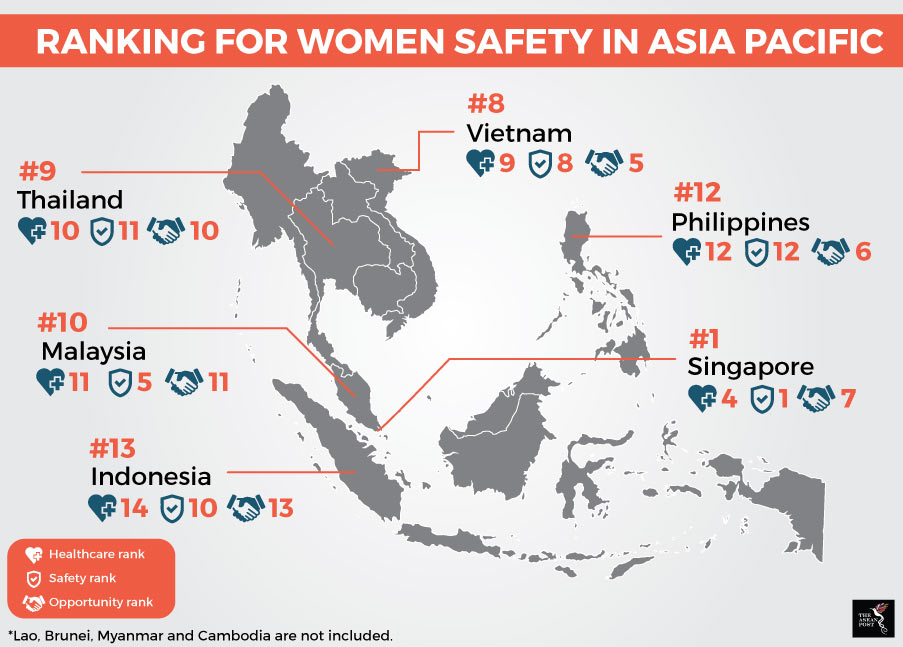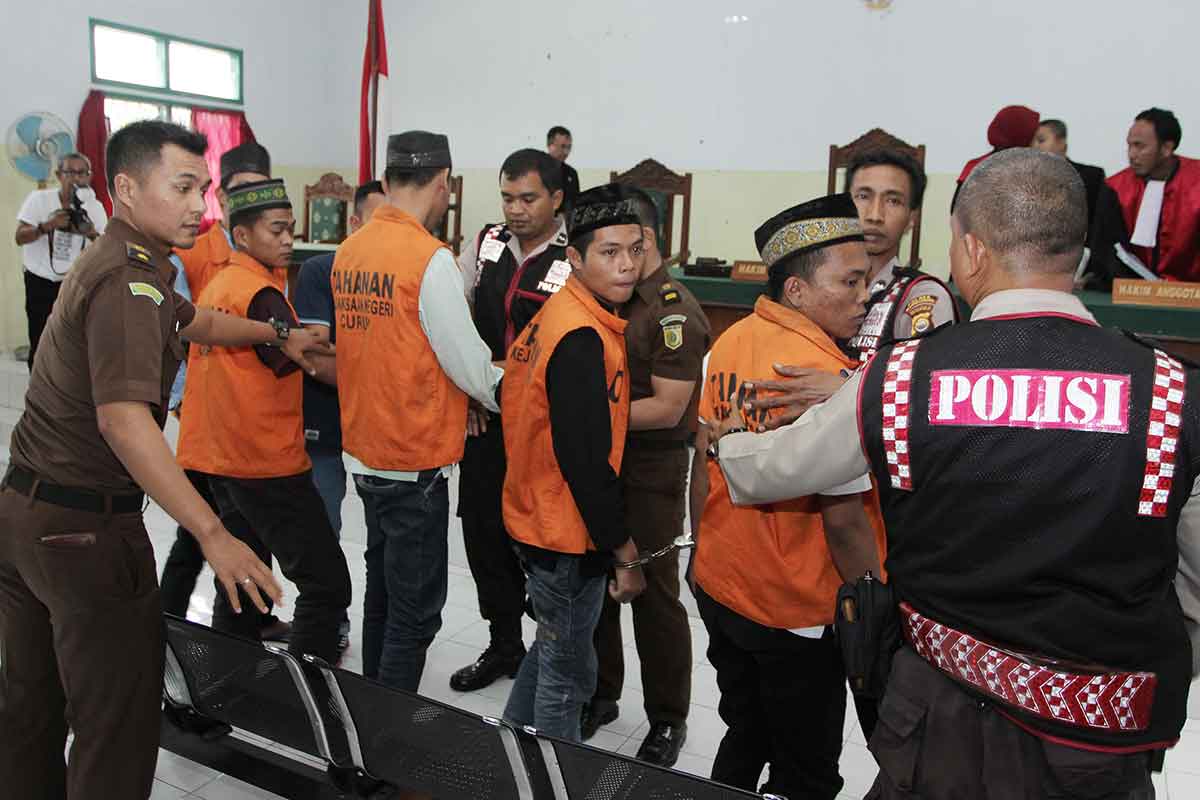A recent study has painted a worrying picture of women’s safety in ASEAN, placing Indonesia as the second most dangerous country for women in the Asia Pacific region after India, and the Philippines as the third most dangerous.
According to Singapore-based research company ValueChampion, all of these countries were found to have subpar access to healthcare, lax laws regarding women's safety, poor access to family planning resources and overall inequality.
“Despite government interventions and attempts to enact laws that protect women's safety, deeply entrenched patriarchal attitudes either due to cultural or religious beliefs led to women fearing for their well-being more often than in other countries on our list,” the report noted.
In Indonesia, despite laws prohibiting rape, domestic abuse and other forms of violence, a 2016 government survey found that around 33 percent of women between the ages of 15 and 64 experienced some form of violence.
While Filipino governmental structures exist to help women achieve quality of life, violence against women in the Philippines is still a problem on the individual level. This can be seen where despite women going to school longer than men and having better literacy rates, there is still a high level of violent crimes targeting women.
What makes it worse for women in these countries is the fact that – by the nature of being a developing country – access to healthcare isn’t always of the highest quality and education may also be inaccessible.
This leads to women in these three countries not only having to face an increased risk of crime at the hands of their spouses or discrimination in education or employment, but also an increased risk of dying from health-related problems.
According to the report, the maternal mortality rate of these three countries is above 100 deaths per 100,000 women compared to less than 10 deaths per 100,000 women in top ranked countries.
ValueChampion used data from various sources, including the United Nations (UN) Human Development Index, Global Peace Index, World Bank and United States (US) State Department. It noted that the data might be imperfect. For instance, sexual harassment and domestic crimes were underreported in every country, hence the lack of actual data on violence against women.

Indonesia and the Philippines
This is not the first time Indonesia is in the spotlight over its treatment of women. In November last year, school teacher Baiq Nuril Maknun’s name was in the news after she was allegedly sexually harassed by her superior, principal H Muslim.
Baiq Nuril had recorded conversations between her superior and herself to be used as legal evidence. To the shock of many, the Indonesian Supreme Court in Jakarta overturned a 2017 acquittal from a lower court and convicted Baiq Nuril of recording and spreading indecent material under the country’s electronic information and transactions law. In September, Baiq Nuril was sentenced to six months in jail and fined IDR500 million (US$34,000).
The case sparked criticism from activists and the public who argue that Baiq Nuril was the actual victim of sexual harassment by Muslim. Executive Director of Amnesty Indonesia, Usman Hamid, said instead of looking at the abuse carried out by Muslim against Baiq Nuril, the system focussed on criminalising her actions to redress the abuse.
In Indonesia, incidences of sexual harassment continue to rise. Data from the Indonesian National Commission on Violence against Women (Komnas Perempuan) shows that of the 259,150 cases of violence against women in 2016, some 3,495 were domestic sexual harassment and 2,290 were sexual abuse in the community or at the workplace.
But even in the Philippines, where treatment of women is better than in most countries globally with 96 women to every 100 men in leadership positions and around 28 percent women representation in parliament, incidences of violence against women are alarming. According to the 2017 National Demographic and Health Survey (NDHS), around 26 percent of surveyed ever-married Filipino women aged between 15-49 have experienced physical, sexual or emotional violence at the hands of their husbands or partners.
According to the Philippine Commission on Women (PCW), the results of such surveys are more indicative of the prevalence of violence against women in the country, compared to administrative data from social and security service providers like the police, social and health workers. This is due to the nature of data gathered that relies solely on reported cases.
The region recently celebrated women’s day on 8 March. However, knowing that women in most ASEAN countries are still unsafe makes one wonder whether celebrations may be premature. Countries like Indonesia and the Philippines are in dire straits and need to take a long hard look at what they can do to increase security for their women.
Related articles:
